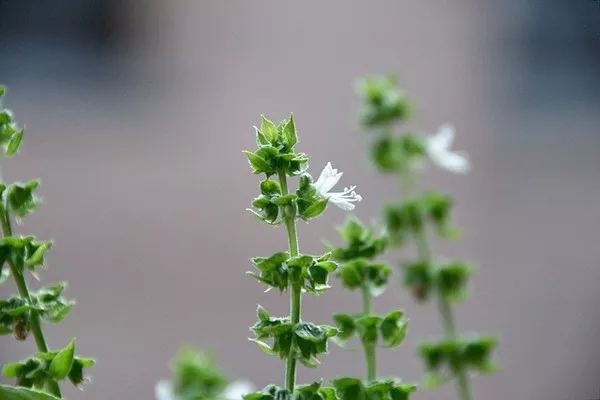In a pioneering endeavor, the innovative practice of vertical farming is poised to thrust some of Australia’s ancient flora into the spotlight. BoomaFood, an Indigenous-owned enterprise, situated in Cessnock, New South Wales, is at the helm of this transformative initiative, utilizing cutting-edge indoor vertical farming methods.
While the farm currently yields conventional produce such as lettuce and micro herbs, Corey Robertson, the founder of BoomaFood, envisions a future where indigenous herbs and crops take center stage. Robertson emphasizes collaboration with traditional owner groups to source indigenous seeds and explore propagation techniques, aligning with BoomaFood’s commitment to indigenous knowledge and sustainability.
Vertical farming, characterized by stacked plant beds, stands as a beacon of agricultural innovation, offering unparalleled seasonality independence and sustainable production practices. BoomaFood’s facility, ingeniously housed within specially designed shipping containers, epitomizes this advancement, harnessing artificial light, temperature regulation, and precise water management to optimize crop yields.
Paul Gauthier, a leading authority on protected cropping from the University of Queensland, underscores the environmental advantages of vertical farming. Notably, this method significantly reduces water usage by 92% and minimizes land footprint by 52 times, all while boosting crop output tenfold. Gauthier underscores the critical role of vertical farming amidst climate change uncertainties, citing its ability to provide consistent growing conditions regardless of external factors.
Moreover, vertical farming’s automation streamlines operations and mitigates labor costs, albeit requiring skilled personnel to oversee the process. Despite potential job displacement at entry levels, initiatives like BoomaFood strive to create employment opportunities, particularly targeting local communities, women, and Indigenous workers.
BoomaFood’s venture extends beyond commercial farming, encompassing seed germination services and collaborations with academia to explore native flora. Robertson’s aspiration to integrate native herbs aligns with broader efforts to preserve Indigenous knowledge and diversify agricultural practices.
However, despite the vast diversity of Indigenous crops in Australia, only a fraction are commercially utilized, highlighting the untapped potential awaiting exploration. Robertson underscores the importance of Indigenous representation in the agricultural sector, emphasizing BoomaFood’s role in promoting Indigenous participation and sustainable agritech practices.
As the agritech landscape evolves, initiatives like BoomaFood exemplify the fusion of innovation, sustainability, and cultural preservation, propelling Indigenous plants into the agricultural mainstream while fostering inclusive growth and environmental stewardship.


